Deep in the frozen Arctic, a modern-day Noah's Ark for plants exists on the remote Norwegian island of Spitsbergen. The Svalbard Global Seed Vault, often referred to as the "Doomsday Vault," serves as a fail-safe storage facility for the world's agricultural biodiversity. Carved into the side of a mountain, this fortress of life holds over 1.3 million seed samples, representing a staggering backup of Earth's botanical heritage. Its very existence speaks to both humanity's foresight and our collective vulnerability.
The vault's location was chosen with meticulous care. Svalbard's permafrost ensures natural freezing temperatures, while its geological stability and remoteness offer protection against natural disasters and human conflict. The seeds are stored at -18°C (-0.4°F), with the surrounding permafrost acting as a natural coolant should power fail. This triple-layered protection—technological, natural, and geographical—makes it perhaps the most secure agricultural facility on Earth.
What makes this repository extraordinary isn't just its physical security, but its philosophical underpinnings. The vault operates on the principle that crop diversity is fundamental to human survival. As climate change accelerates and ecosystems shift, having access to diverse genetic material becomes crucial for developing resilient crops. The 1.3 million samples represent not just individual plant species, but countless varieties within those species—each with unique traits that might prove vital for future food security.
The process of depositing seeds reveals the vault's international character. Countries and institutions from across the globe send their duplicate seed collections to Svalbard, where they remain the property of the depositors. This creates a decentralized system where genetic wealth is both shared and protected. Notably, war-torn Syria became the first country to withdraw seeds in 2015, accessing backup samples of drought-resistant crops originally stored by the International Center for Agricultural Research in the Dry Areas.
Climate change has introduced unexpected challenges to the vault's operation. In 2016, warmer than average temperatures caused permafrost melting that flooded the vault's entrance tunnel. While no seeds were damaged, the incident prompted a $20 million upgrade, including waterproof walls and improved cooling systems. Paradoxically, the very phenomenon the vault helps humanity prepare for—climate instability—threatened its infrastructure. This served as a stark reminder that even our best preparations must evolve with changing circumstances.
The scale of the collection continues to grow as agricultural organizations recognize the vault's importance. Recent deposits have included European barley varieties, Brazilian rice strains, and wild relatives of domesticated crops from Central Asia. Each new addition represents another strand in the safety net protecting global food supplies. Notably, indigenous communities have begun participating, storing traditional crop varieties that carry centuries of agricultural knowledge within their genetic code.
Beyond its practical function, the Svalbard vault has become a powerful symbol. It represents international cooperation in an age of nationalism, long-term thinking in a world focused on immediate gains, and hope in the face of existential threats. The simple act of preserving seeds—some of which may not be needed for centuries—demonstrates a rare perspective that transcends political and generational boundaries. As one researcher noted, "We're not just saving seeds, we're saving options for the future."
Scientific advancements have expanded the vault's potential role. Researchers now discuss whether it should store plant DNA sequences or even microbial cultures crucial for soil health. Some propose creating similar facilities for animal genetic material, though the technical challenges are greater. The original vision of preserving crop varieties has blossomed into broader conversations about safeguarding entire agricultural ecosystems.
The COVID-19 pandemic underscored the vault's importance when travel restrictions disrupted normal seed exchange between gene banks. Having backups in Svalbard ensured that critical research could continue despite global lockdowns. This real-world test proved the value of redundant systems in maintaining food security during crises—a lesson that applies beyond agriculture to many aspects of modern civilization.
Looking ahead, the vault faces both opportunities and challenges. Plans exist to expand capacity beyond the current 4.5 million sample limit. However, funding remains a concern, as does the political will to maintain international cooperation. Perhaps the greatest test will be ensuring that the diversity stored in Arctic mountains translates into resilient agricultural systems where crops actually grow. The vault was never meant to be a solution, but rather an insurance policy—one that buys humanity time to address the root causes of biodiversity loss.
As visitors approach the vault's striking entrance—an illuminated artwork that reflects polar light—they encounter a structure that is equal parts practical and profound. The 1.3 million seeds inside represent countless generations of human agricultural effort, now preserved in a geological time capsule. In this frozen ark, humanity has found a way to turn vulnerability into preparation, and preparation into possibility. The silent seeds wait, holding within them the potential to regrow civilizations should the unthinkable occur.
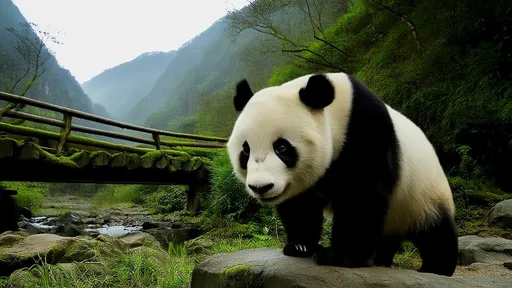
By /Jul 24, 2025
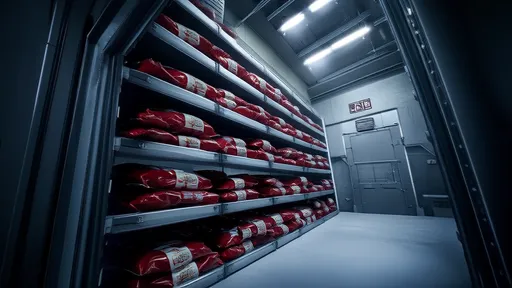
By /Jul 24, 2025

By /Jul 24, 2025
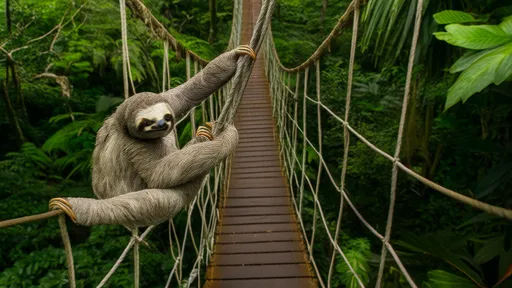
By /Jul 24, 2025
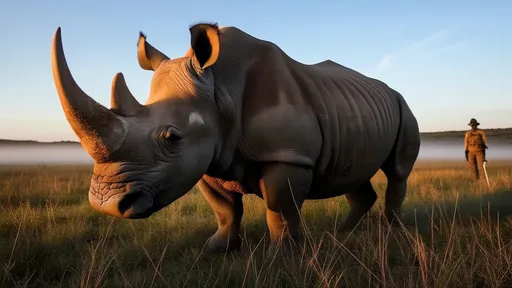
By /Jul 24, 2025

By /Jul 24, 2025
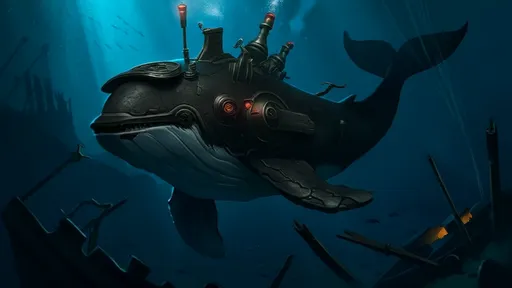
By /Jul 24, 2025
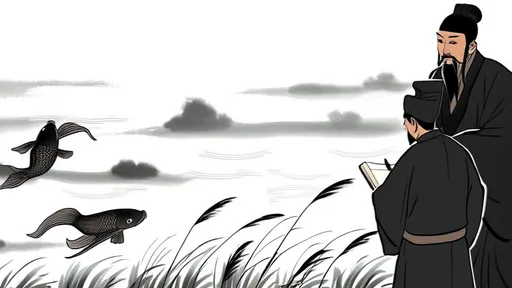
By /Jul 24, 2025
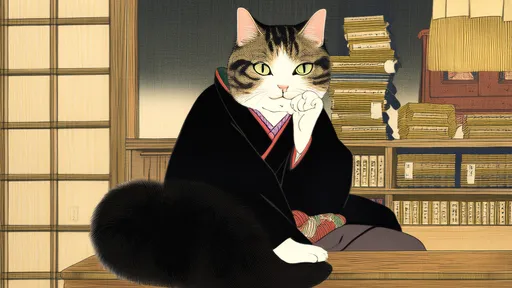
By /Jul 24, 2025
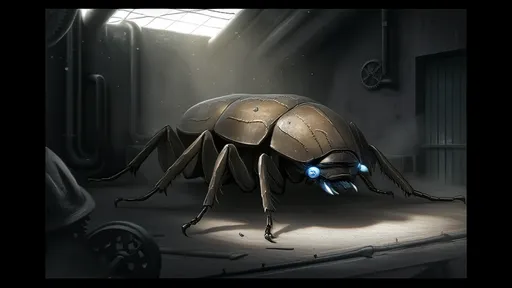
By /Jul 24, 2025
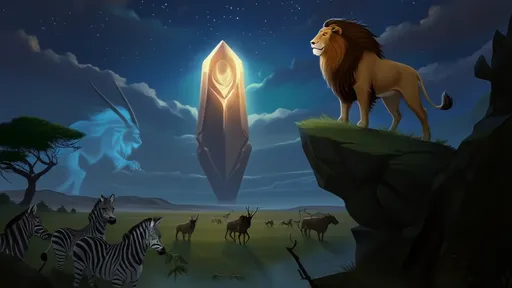
By /Jul 24, 2025
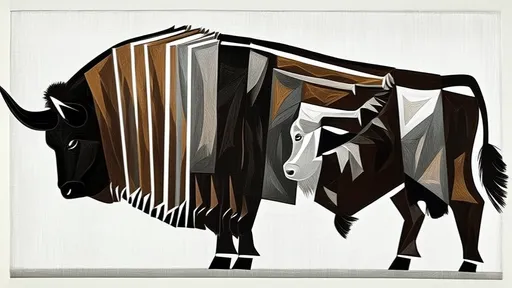
By /Jul 24, 2025

By /Jul 24, 2025
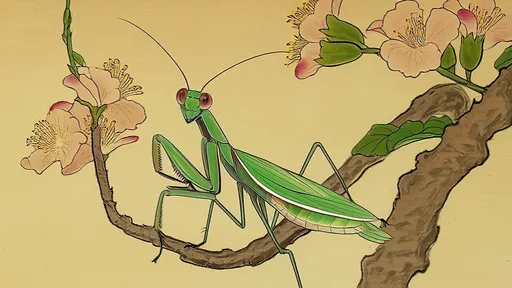
By /Jul 24, 2025
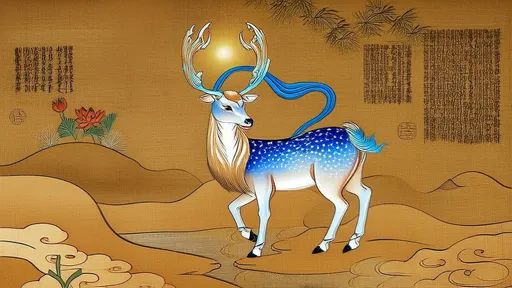
By /Jul 24, 2025
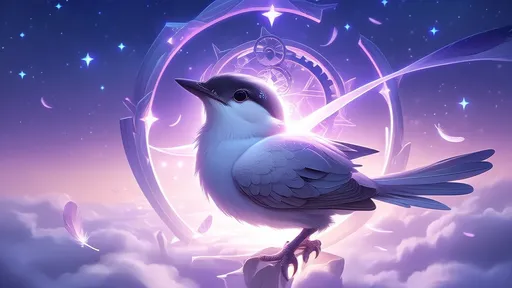
By /Jul 24, 2025
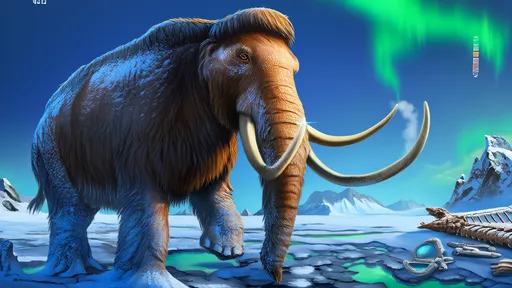
By /Jul 24, 2025
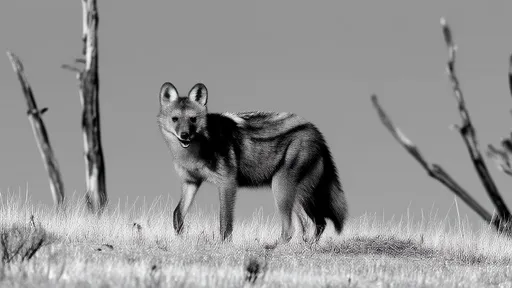
By /Jul 24, 2025